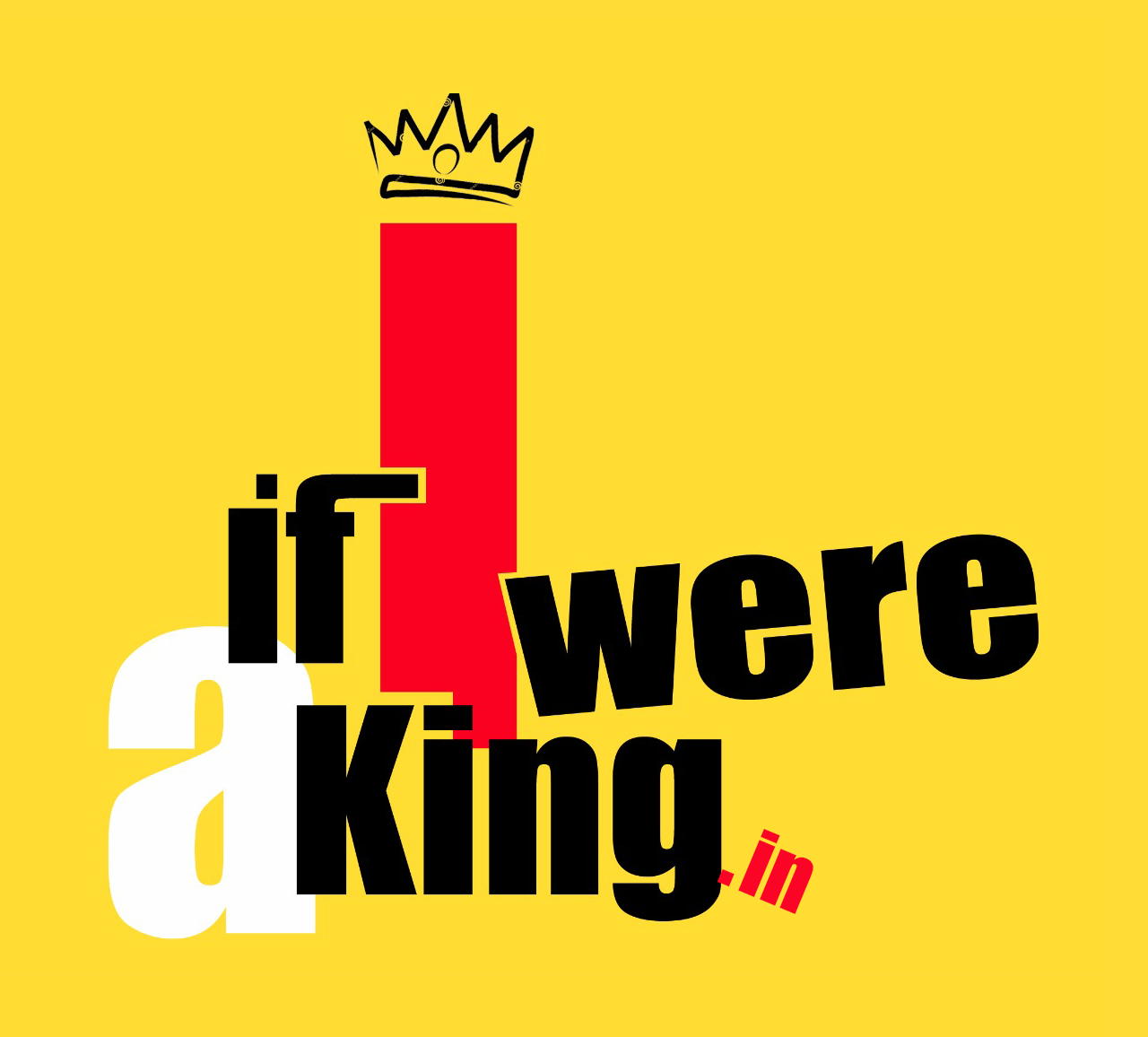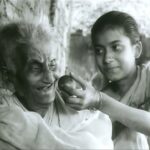Synopsis of the play
You all know Ramayana. You might have read it, listened to it or even watched it umpteen times. Then why should you watch this play? Think…. Did you ever laugh when you watched Ramayana? But now….You will!
This play starts with Rama’s dream that Ravana is dead. But actually, he is very much alive! He is coming with his army. Everyone in Rama’s camp is frightened to face Ravana, and Vibhishana is trying every possible way to escape facing his brother Ravana. But Laxmana, in his over excitement, fights and gets hurt severely by Ravana. Now the whole mess and chaos is about how to save Laxmana from 2 charming intern Yamdoots and their boss Yamraj (who is coming straight from Yashraj) with the tagline: “Yam se bachna mushkil hi nahin na-mumkin hain”.
After watching the play you all would be wondering why the title of this play is “Laxmana ka Shaktishell” because Shaktishell belongs to Meghnad. But please don’t try to make any sense out of it because it is a complete NONSENSE.
Director's Note
Sukumar Roy is one of the greatest poets, writers and illustrators in the history of Bengali literature. He introduced the genre called “Non-sense” and created home-based non-sense club with membership open to those with a flair for the ridiculous , practical joke and most of all, acting. This particular play depicts the height of his creative influx providing actors with ample scope to imagine, to fantasize, to improvise, and finally to adopt it to the greatest extent of de-construction that crossing the limits of acting arena, infects the audience with waves of laughter. The play brings our childhood back, for both the players and the audience. So, it is aptly chosen for the TIE-people who are supposed to work with children in near future.
Moreover, as per as our job is concerned, to act for children, I found the play, and also the process of its making very interesting. Fortunate enough, I have got an excellent batch of actors who have come from different regions of this sub-continent, having different languages, and could easily transcript the original into their vernaculars during the rehearsal. Initially, there was no written script for them. I explained the meaning of the lines written in Bengali and then they went on improvising on them. And the playscript was written after the entire play has been composed.
During the process. we worked a lot with Theatre Games, Acting Exercises and Music. Actors inspired themselves to write songs. to compose music, to choreograph their dance and so on. Ultimately, it has become their own play where my part, becoming very latent, was just to inspire them, to make an ambience where they can bloom to their best, to tie their threads up and to cater children with a delicious play.
And beside all this, if their elder counterparts can find something toungue-in-cheek our endeavor will get more feathers in its crown.
Amen
Drama, Set, Music, Design & Direction
Raja Bhattacharya



